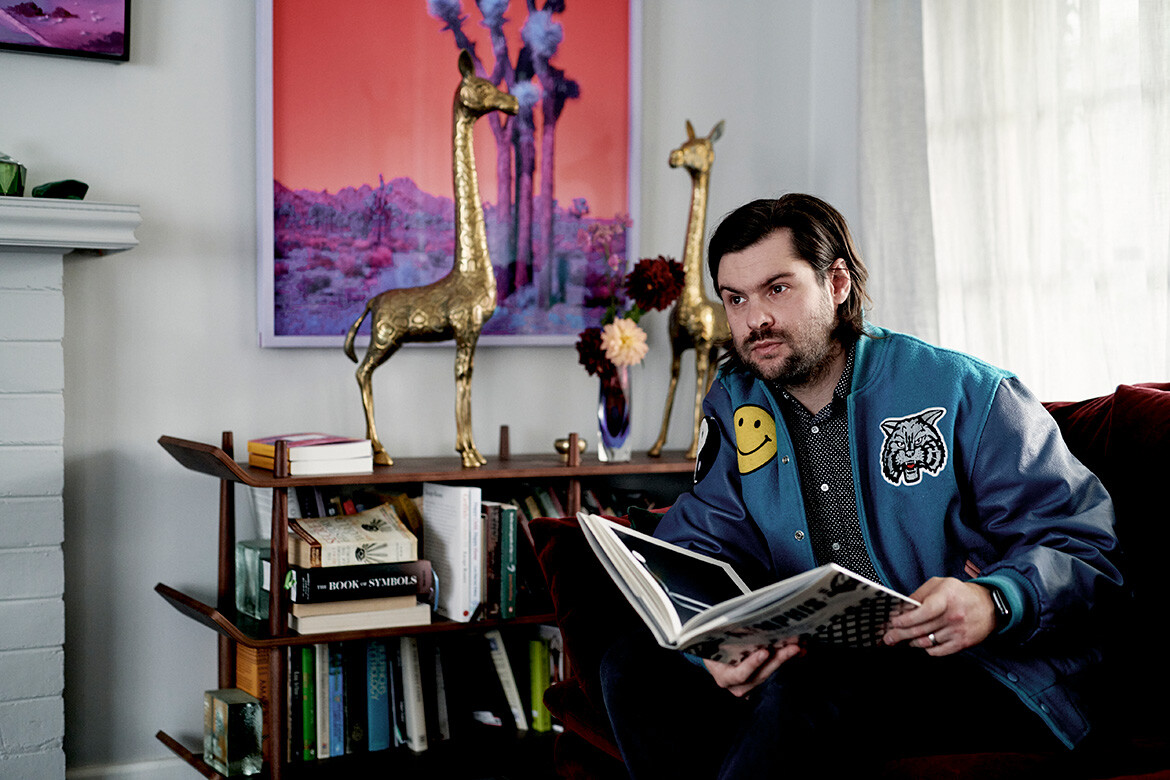Tell us about your first forays into generative AI image-making
I first logged into Mid Journey in July 2022. Immediately after I also began researching other available algorithms and experimented with Disco Diffusion and Stable Diffusion, running them locally on my PC but with lacklustre results.
More generally I have been following earlier generative image AI possibilities for around three years including models that could match style or generate images of a single subject such as thispersondoesnotexist.com.
I really had no idea it would get to the point it has, as quickly as it has. The current iterations strike me as nothing short of sorcery. It’s a really wild thing to wrap your head around.
What have you learnt along the way?
I have learnt so much – not only how to use the tools but also how to deal with the sensation of having your tastes redefined almost daily. In other ways, it has just been a reminder that creative practice and creative flow often come from listening to your very quietest impulses and running with them. It has really given me confidence to explore ideas, especially those outside the framework that my practice has been built on for the last decade.
How much have you seen AI changing in the short time you’ve been using it?
It is a completely different tool to the one I started using nine months ago. The interface is actually exactly the same, but the quality of outputs has gone from an artistic mess to incredibly striking photorealism.
The transformation is almost unbelievable but is really just the first taste of the exponential changes that are coming to the world over the next few years. These changes have the power to either make or break the world as we know it. It’s going to be an interesting few years…
“Aesthetically I think we will make more progress in the next five years than we have made in the last 100 years as the time and resource barriers for exploring wild ideas disappears.”
What kinds of prompts do you put in?
I try to be really general with my prompts, keeping it to fewer than 10 words and never specifying things like colour, scene or objects. It is usually something along the lines of “a [medium] of a [subject] from [an era] from [a publication]. For example, a photo of a designer living room from a 1970s Architectural Digest.

Which platforms do you use?
At this point I’m just using Mid Journey. It’s by far the best in terms of quality although the experience can and will definitely be improved upon.
You found your own artwork in the database. Can you speak to that? How did you feel about it?
Yes, when I heard there was uproar from some artists that they were finding their work in the huge image database of five billion or so images that were used to train the AI model I went looking for mine.
I found a lot of my work in there, but it really didn’t register as being a big deal for me. I most certainly do not feel as if having it in there is akin to stealing. It doesn’t do a particularly good job of reproducing my work and even if it did get better at producing something like Midnight Modern [an ongoing fine art series] it would be because of its understanding of architecture, photography, mountains, cars and moonlight – not because my work is in there helping it along.
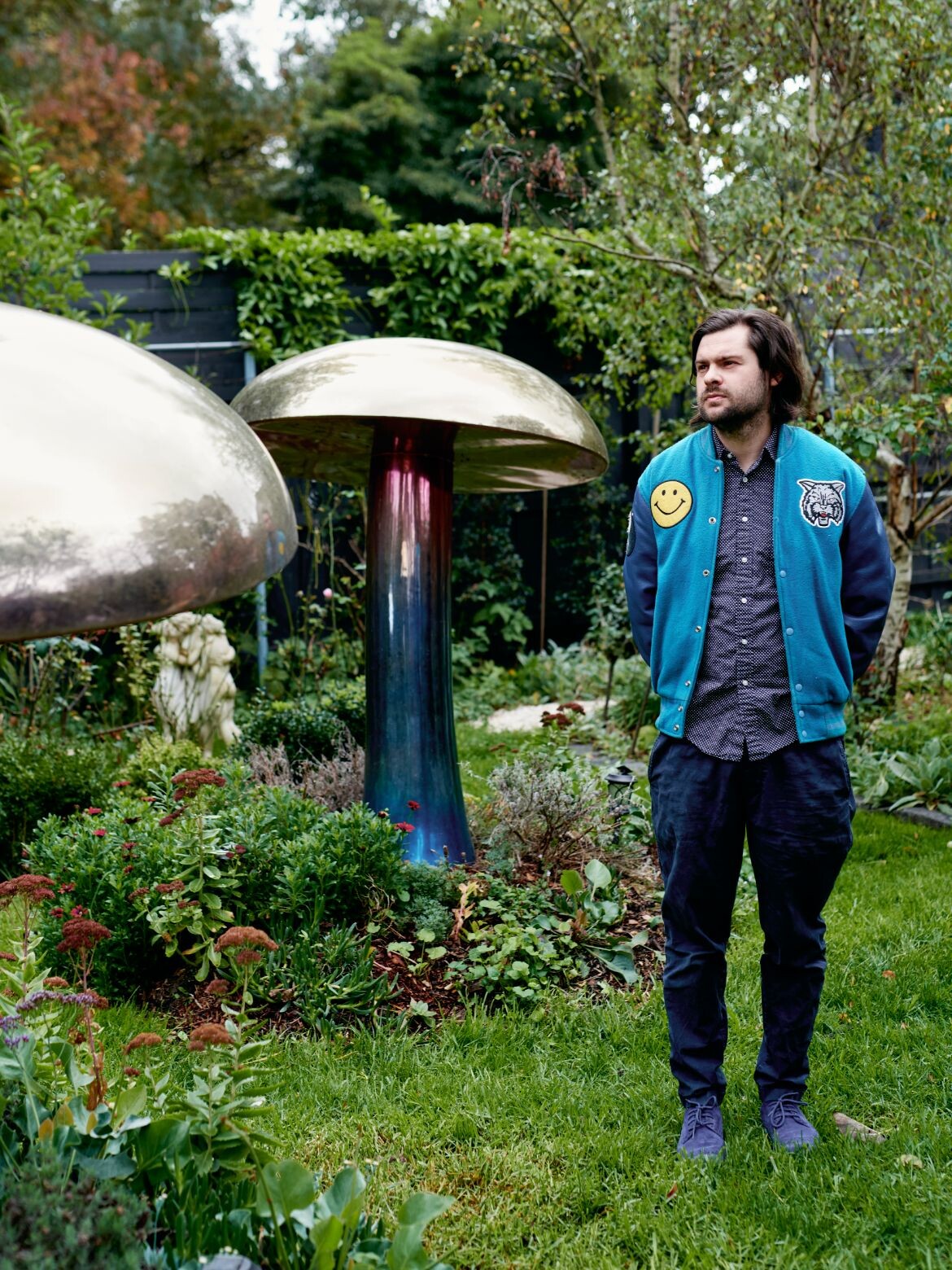
Where do you see this going?
The exponential growth and development of all AI models is happening so fast it’s actually impossible for us to predict or even wrap our heads around where we might end up.
Nothing in nature that humans are equipped to deal with evolutionarily ever happens on an exponential scale, we can only deal with linear things.
It’s going to be a wild ride that very well could lead to some detrimental places if it is not deployed responsibly. As much as I’m incredibly excited by tools like Mid Journey I’m also fully in favour of the recent call to halt all AI development for a period of time until we can understand what we have created.

In what ways do you think it will change architecture and design? And then how will it change other sectors?
Within a few years everything that is currently laborious and time-consuming will likely be completed by an AI tool, which will reshape the industry to be more about design and ideas with fewer people spending their days (and sometimes nights) CADing staircases. Studios will have to rethink their billing structures and it will be a period where value has to be redefined continually.
Aesthetically I think we will make more progress in the next five years than we have made in the last 100 years as the time and resource barriers for exploring wild ideas disappears. Authenticity will be the goal, but it will be a constantly moving target as the lines between disciplines and aesthetics blur and then disappear.
Anything else worth adding?
It’s an incredible time to be alive, I really hope we as a species don’t botch the roll out of these incredible new technologies and that we use it to build our world, not destroy it.
AI images – Tom Blachford
Portrait photography – Kate Ballis
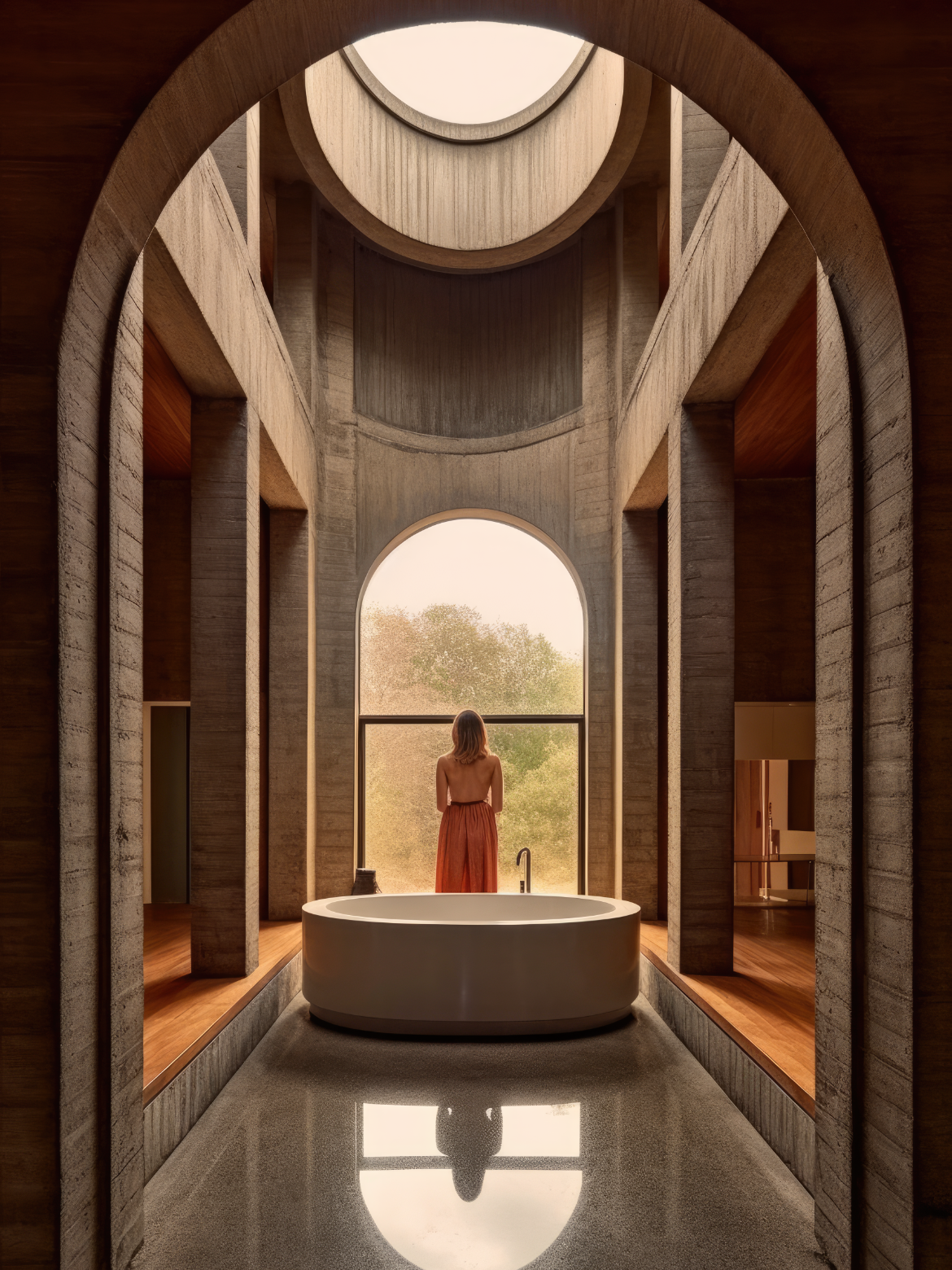
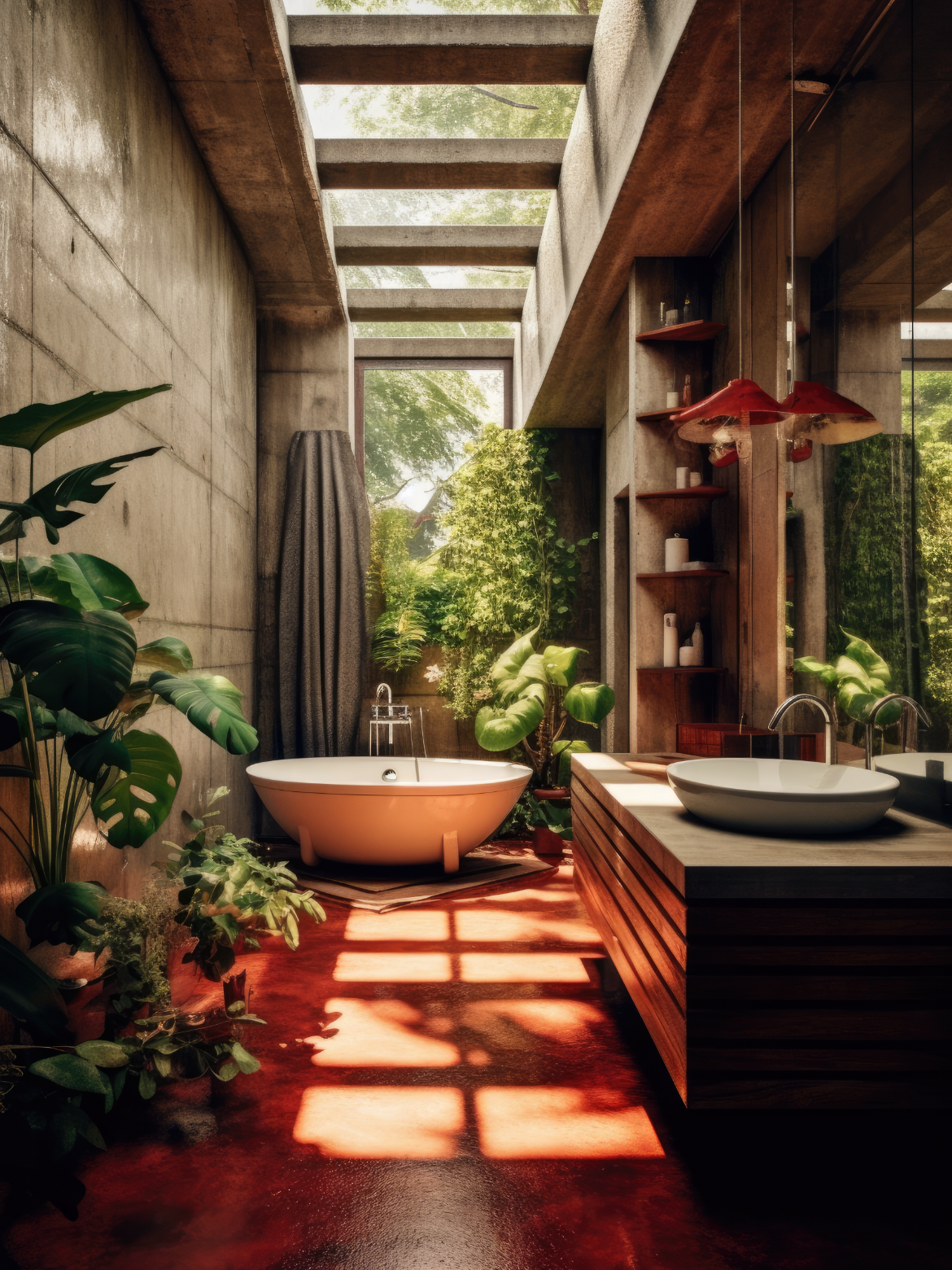







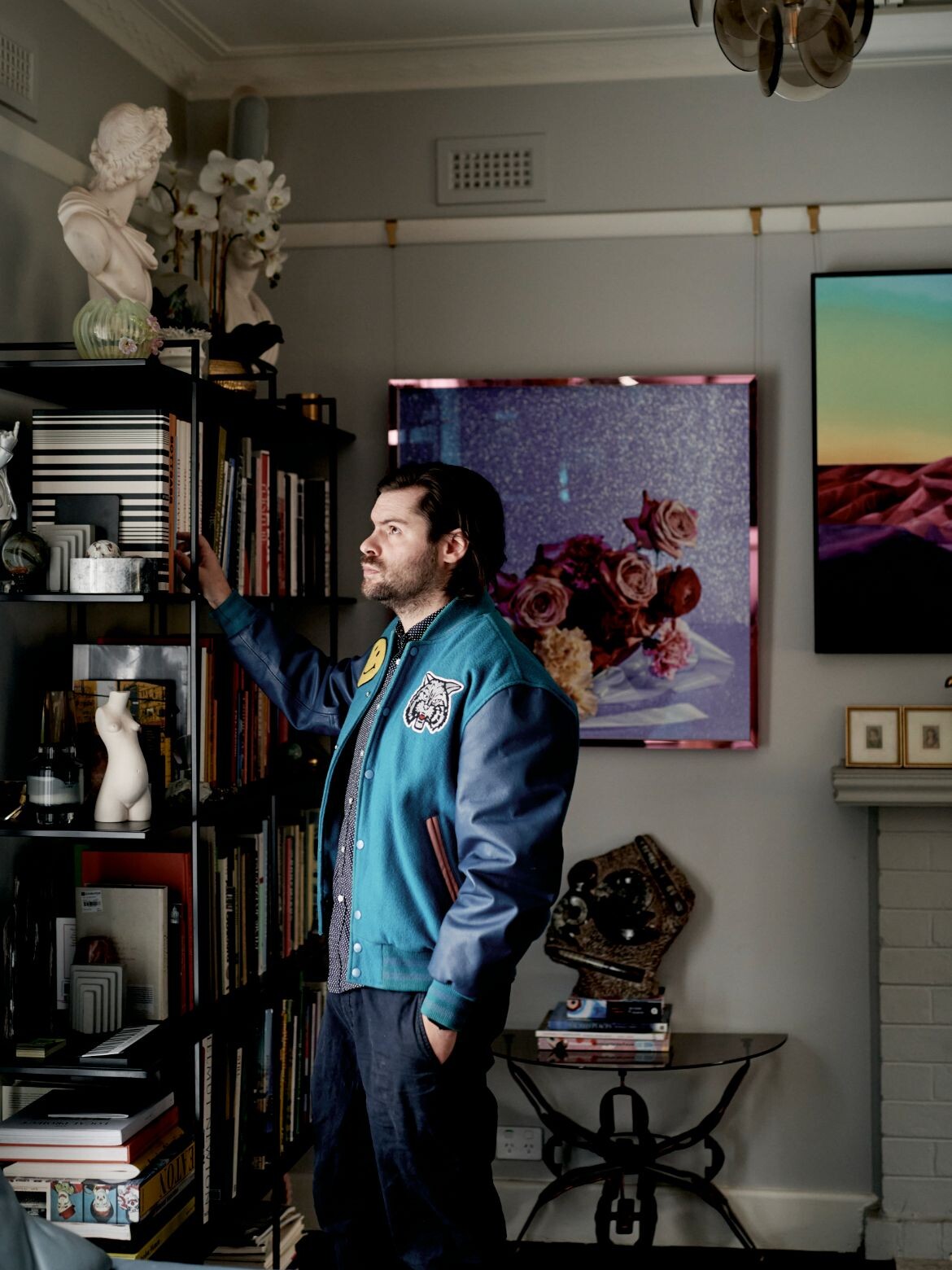
This story originally appeared in Habitus #57 – Kitchen & Bathroom special

